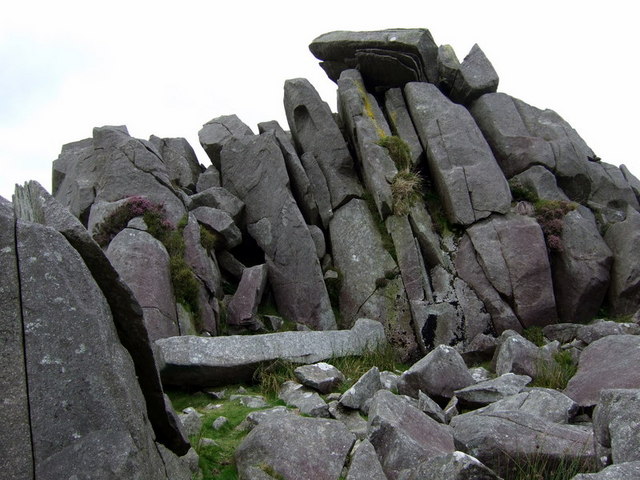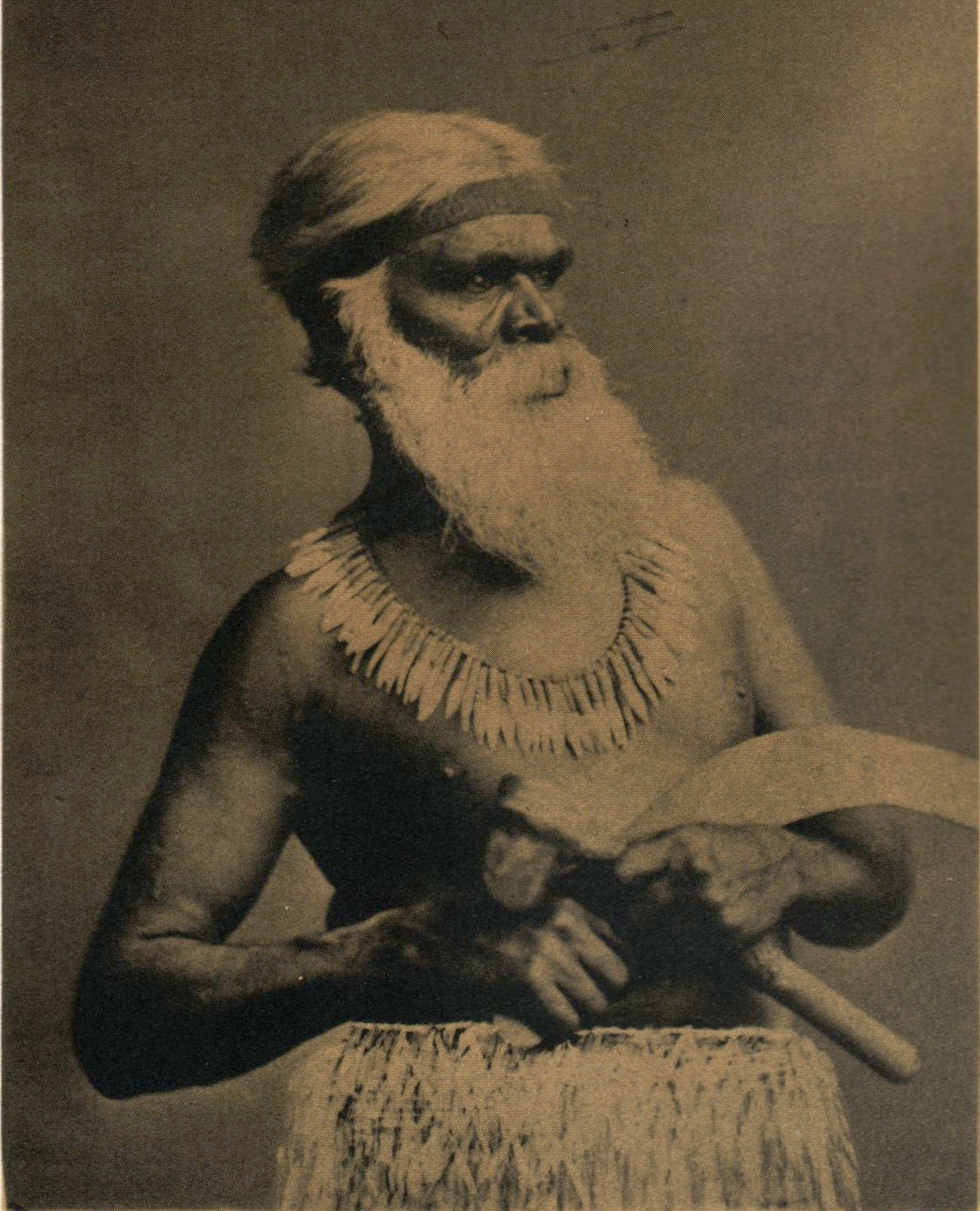|
Lake Condah Mission
Lake Condah Mission, also known as Condah Mission, was established in 1867 as a Church of England mission, approximately from Lake Condah, which was traditionally known as Tae Rak, and about to south-east of the small town of Condah. The site of the mission, on north of Darlot Creek, was formally reserved in 1869, and the Mission continued operations until the reserve was finally revoked in 1951, with most of the land handed over to the Soldiers Settlement Scheme to provide land for white veterans of World War II. The area had been home to the Kerrup Jmara people, a clan of the Gunditjmara. The Mission lands were returned to the Gunditjmara on 1 January 1987. The Mission was mentioned in the '' Bringing Them Home Report'' (1997) as an institution that housed Indigenous Australian children removed from their families. It is now part of several Budj Bim heritage areas, including the Budj Bim Cultural Landscape inscribed on the World Heritage List. Lake Condah The Kerrup-Jmar ... [...More Info...] [...Related Items...] OR: [Wikipedia] [Google] [Baidu] |
Anglican Church Of Australia
The Anglican Church of Australia, formerly known as the Church of England in Australia and Tasmania, is a Christian church in Australia and an autonomous church of the Anglican Communion. It is the second largest church in Australia after the Roman Catholic Church. According to the 2016 census, 3.1 million Australians identify as Anglicans. , the Anglican Church of Australia had more than 3 million nominal members and 437,880 active baptised members. For much of Australian history the church was the largest religious denomination. It remains today one of the largest providers of social welfare services in Australia. On 16 August 2022 the Anglican Church saw a split: with Conservatives forming an Australian breakaway church Diocese of the Southern Cross. It is to be led by former Archbishop of Sydney Glenn Davies. The split was coursed over the position on same sex marriage among other issues. History When the First Fleet was sent to New South Wales in 1787, Richard Johns ... [...More Info...] [...Related Items...] OR: [Wikipedia] [Google] [Baidu] |
Aboriginal Protection Board
Aboriginal Protection Board, also known as Aborigines Protection Board, Board for the Protection of Aborigines, Aborigines Welfare Board (and in later sources, incorrectly as Aboriginal Welfare Board), and similar names, refers to a number of historical Australian state-run institutions with the function of regulating the lives of Aboriginal Australians. They were also responsible for administering the various half-caste acts where these existed and had a key role in the Stolen Generations. The boards had nearly ultimate control over Aboriginal people's lives. Protectors of Aborigines were appointed by the Board under the conditions laid down in the various Acts. In theory, protectors of Aborigines were often empowered to undertake legal proceedings on behalf of Aboriginal people, dictate where Aboriginal people could live or work, and keep all wages earned by employed Aboriginals. The exact powers varied over time and by jurisdiction. As the boards had limited funds, protector ... [...More Info...] [...Related Items...] OR: [Wikipedia] [Google] [Baidu] |
Ballarat
Ballarat ( ) is a city in the Central Highlands (Victoria), Central Highlands of Victoria (Australia), Victoria, Australia. At the 2021 Census, Ballarat had a population of 116,201, making it the third largest city in Victoria. Estimated resident population, 30 June 2018. Within months of Victoria History of Victoria#Separation from New South Wales, separating from the colony of New South Wales in 1851, gold was discovered near Ballarat, sparking the Victorian gold rush. Ballarat subsequently became a thriving boomtown that for a time rivalled Melbourne, the capital of Victoria, in terms of wealth and cultural influence. In 1854, following a period of civil disobedience in Ballarat over gold licenses, local miners launched an armed uprising against government forces. Known as the Eureka Rebellion, it led to the introduction of male suffrage in Australia, and as such is interpreted as the origin of democracy in Australia, Australian democracy. The rebellion's symbol, the Eureka ... [...More Info...] [...Related Items...] OR: [Wikipedia] [Google] [Baidu] |
Basalt
Basalt (; ) is an aphanite, aphanitic (fine-grained) extrusive igneous rock formed from the rapid cooling of low-viscosity lava rich in magnesium and iron (mafic lava) exposed at or very near the planetary surface, surface of a terrestrial planet, rocky planet or natural satellite, moon. More than 90% of all volcanic rock on Earth is basalt. Rapid-cooling, fine-grained basalt is chemically equivalent to slow-cooling, coarse-grained gabbro. The eruption of basalt lava is observed by geologists at about 20 volcanoes per year. Basalt is also an important rock type on other planetary bodies in the Solar System. For example, the bulk of the plains of volcanism on Venus, Venus, which cover ~80% of the surface, are basaltic; the lunar mare, lunar maria are plains of flood-basaltic lava flows; and basalt is a common rock on the surface of Mars. Molten basalt lava has a low viscosity due to its relatively low silica content (between 45% and 52%), resulting in rapidly moving lava flo ... [...More Info...] [...Related Items...] OR: [Wikipedia] [Google] [Baidu] |
Bluestone
Bluestone is a cultural or commercial name for a number of dimension or building stone varieties, including: * basalt in Victoria, Australia, and in New Zealand * dolerites in Tasmania, Australia; and in Britain (including Stonehenge) * feldspathic sandstone in the US and Canada * limestone in the Shenandoah Valley in the US, from the Hainaut quarries in Soignies, Belgium, and from quarries in County Carlow, County Galway and County Kilkenny in Ireland * slate in South Australia Stonehenge The term "bluestone" in Britain is used in a loose sense to cover all of the "foreign," not intrinsic, stones and rock debris at Stonehenge. It is a "convenience" label rather than a geological term, since at least 46 different rock types are represented. One of the most common rocks in the assemblage is known as Preseli Spotted Dolerite—a chemically altered igneous rock containing spots or clusters of secondary minerals replacing plagioclase feldspar. It is a medium grained dark and ... [...More Info...] [...Related Items...] OR: [Wikipedia] [Google] [Baidu] |
Weatherboard
Clapboard (), also called bevel siding, lap siding, and weatherboard, with regional variation in the definition of these terms, is wooden siding of a building in the form of horizontal boards, often overlapping. ''Clapboard'' in modern American usage is a word for long, thin boards used to cover walls and (formerly) roofs of buildings. Historically, it has also been called ''clawboard'' and ''cloboard''. In the United Kingdom, Australia and New Zealand, the term ''weatherboard'' is always used. An older meaning of "clapboard" is small split pieces of oak imported from Germany for use as barrel staves, and the name is a partial translation (from , "to fit") of Middle Dutch and related to German . Types Riven Clapboards were originally riven radially producing triangular or "feather-edged" sections, attached thin side up and overlapped thick over thin to shed water. [...More Info...] [...Related Items...] OR: [Wikipedia] [Google] [Baidu] |
Dormitory
A dormitory (originated from the Latin word ''dormitorium'', often abbreviated to dorm) is a building primarily providing sleeping and residential quarters for large numbers of people such as boarding school, high school, college or university students. In some countries, it can also refer to a room containing several beds accommodating people. Terminology Dorm and residence hall The terms "dorm" is often used in the US. However, within the residence life community, the official term "residence hall" is preferred. According to the University of Oregon, their facilities "provide not just a place to sleep, but also opportunities for personal and educational growth. Highly trained Residence Life staff and Hall Government officers support this objective by creating engaging activities and programs in each hall or complex." In the UK, the preferred term in the context of student housing is "halls," short for "halls of residence." In English-speaking Canada, the common term is "r ... [...More Info...] [...Related Items...] OR: [Wikipedia] [Google] [Baidu] |
School
A school is an educational institution designed to provide learning spaces and learning environments for the teaching of students under the direction of teachers. Most countries have systems of formal education, which is sometimes compulsory. In these systems, students progress through a series of schools. The names for these schools vary by country (discussed in the '' Regional terms'' section below) but generally include primary school for young children and secondary school for teenagers who have completed primary education. An institution where higher education is taught is commonly called a university college or university. In addition to these core schools, students in a given country may also attend schools before and after primary (elementary in the U.S.) and secondary (middle school in the U.S.) education. Kindergarten or preschool provide some schooling to very young children (typically ages 3–5). University, vocational school, college or seminary may be avail ... [...More Info...] [...Related Items...] OR: [Wikipedia] [Google] [Baidu] |
Missionary
A missionary is a member of a Religious denomination, religious group which is sent into an area in order to promote its faith or provide services to people, such as education, literacy, social justice, health care, and economic development.Thomas Hale 'On Being a Missionary' 2003, William Carey Library Pub, . In the Bible translations into Latin, Latin translation of the Bible, Jesus, Jesus Christ says the word when he sends the disciples into areas and commands them to preach the gospel in his name. The term is most commonly used in reference to Christian missions, but it can also be used in reference to any creed or ideology. The word ''mission'' originated in 1598 when Jesuits, the members of the Society of Jesus sent members abroad, derived from the Latin (nominative case, nom. ), meaning 'act of sending' or , meaning 'to send'. By religion Buddhist missions The first Buddhist missionaries were called "Dharma Bhanaks", and some see a missionary charge in the symbolis ... [...More Info...] [...Related Items...] OR: [Wikipedia] [Google] [Baidu] |
Australian Aboriginal Languages
The Indigenous languages of Australia number in the hundreds, the precise number being quite uncertain, although there is a range of estimates from a minimum of around 250 (using the technical definition of 'language' as non-mutually intelligible varieties) up to possibly 363. The Indigenous languages of Australia comprise numerous language families and isolates, perhaps as many as 13, spoken by the Indigenous peoples of mainland Australia and a few nearby islands. The relationships between the language families are not clear at present although there are proposals to link some into larger groupings. Despite this uncertainty, the Indigenous Australian languages are collectively covered by the technical term "Australian languages", or the "Australian family". The term can include both Tasmanian languages and the Western Torres Strait language, but the genetic relationship to the mainland Australian languages of the former is unknown, while the latter is Pama–Nyungan, thoug ... [...More Info...] [...Related Items...] OR: [Wikipedia] [Google] [Baidu] |
Framlingham, Victoria
Framlingham is a rural township located by the Hopkins River in the Western District of Victoria, Australia, about north-east of the coastal city of Warrnambool. In the 2016 census, the township had a population of 158. The town lies within the traditional lands of the Girai wurrung (Kirrae Wuurong) people. In the decades following European settlement in the 1840s, a general store, post office, hotel, school and Presbyterian church were established in Framlingham, as increasing numbers of graziers and dairy farmers settled the area. The Framlingham Aboriginal Reserve was established by the Board for the Protection of Aborigines between Purnim and the township of Framlingham in 1861, upon the request of an Anglican mission. It was located beside the Hopkins River, not far from the boundary with the Gunditjmara people. After various attempts at closure, the reserve operated until 1916, albeit with the land reduced in size. Much of the Aboriginal community continued to live the ... [...More Info...] [...Related Items...] OR: [Wikipedia] [Google] [Baidu] |








